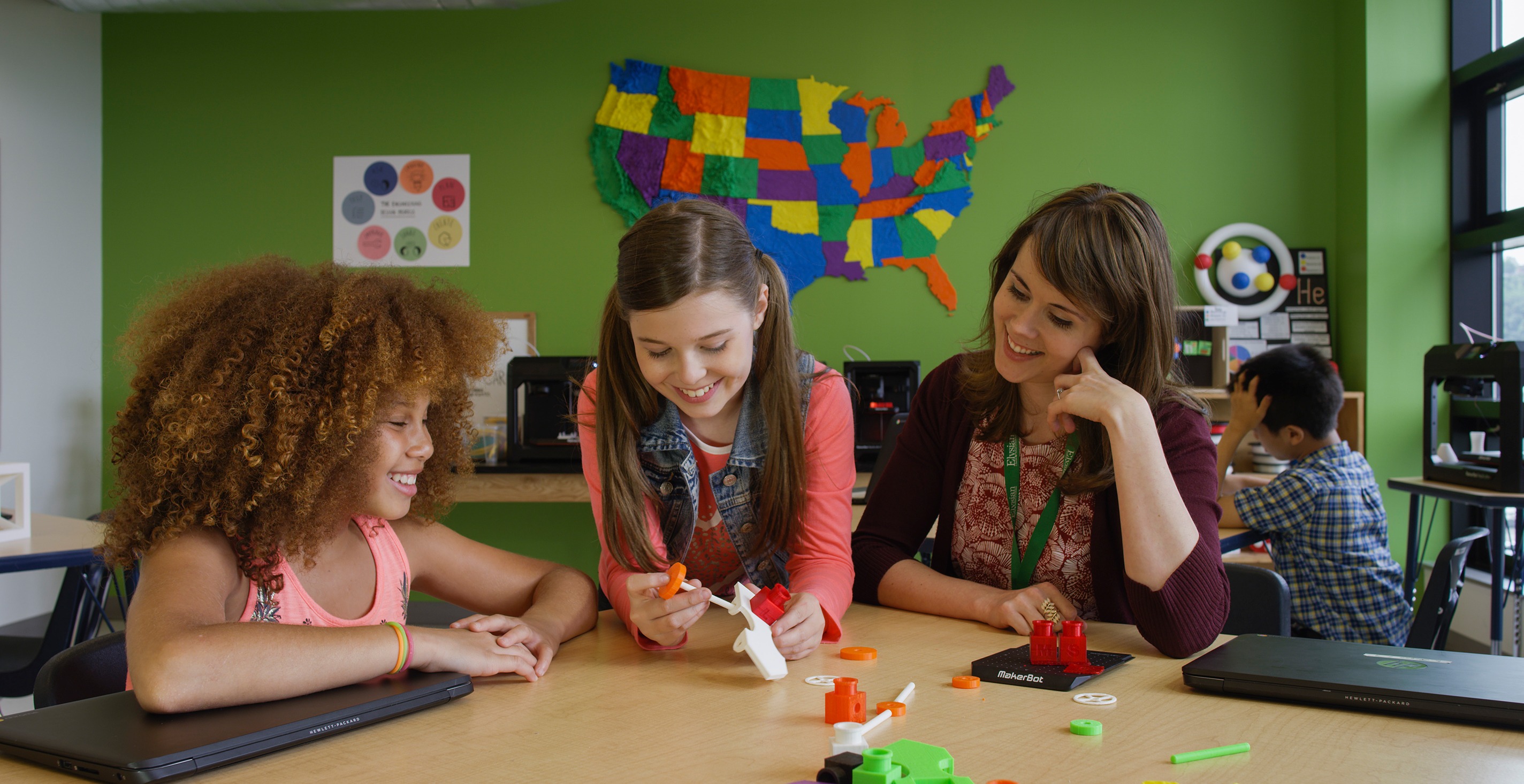Over the past few years, 3D printing has become extremely important in schools, universities and other educational settings. It has changed the manufacturing world in a positive way, with many manufacturers now choosing to use 3D printing to produce things like prosthetic limbs, airplane parts and medications.
3D printing technologies help to improve skills development, facilitate learning and increase engagements in educational settings. They also spark greater collaboration and creativity when it comes to solving problems.
Ways 3D Printing is Used in Education
There are four main ways that 3D printing is used within educational settings. These are:
- Improving student design and creativity skills.
- Teaching students about how the technology works and how it is used in real-life situations (e.g. Streamlining industrial processes).
- Teaching teachers about 3D printing so that they can incorporate it into their curriculum.
- Printing 3D artefacts that help a student’s understanding of important concepts.
3D Printing within Schools
3D printing can be included at all school levels, from primary aged children to secondary. 3D printers can enable teachers to provide accurate prototypes, giving students hands-on knowledge, which is useful for understanding scientific concepts.
If 3D printers are used during a demonstration or an oral presentation, they can also help improve a student’s public speaking ability. 3D printing has also been shown to greatly improve a student’s spatial learning.
There has been lots of evidence to suggest that 3D printing provides students with a range of benefits that they otherwise wouldn’t get from paper-based or screen learning. Learning is greatly improved through observing and touching 3D-printed objects.
Schools need to find a printer that is robust and built for the demands of a busy classroom environment, while also being user-friendly and affordable. A great example of a 3D printer for the classroom is the model from Ultimaker. They not only build 3D printers, but they can also provide you with 3D printing software and have a blog for teachers to learn how to use the printer and software within your classrooms.
3D Printing within Universities
As students get older, there is a greater opportunity for teachers to teach them how 3D printing works. Lots of university courses now have a section on 3D printing. Some courses that may include 3D printing as a module are applied sciences, industrial engineering, computer graphics, CAD and manufacturing.
3D printing modules in university courses will focus on fabricating 3D models as well as building a 3D printer from scratch. 3D printing is quickly becoming more popular, which is why 3D printing modules have now been included in lots of different courses.
Like schools, universities also require reliable and fast printers that are extremely functional.
Teacher Training
Until teachers understand the design principles of 3D printers and how to operate them, 3D printing cannot be successful in educating students. Ongoing professional development, teacher training and workshops all help to ensure that students get the most out of 3D printing in their education.
3D printing has come a long way since it was first introduced, and it is becoming more and more popular in schools and universities. There are lots of benefits of 3D printing, with two of the main benefits being improving students’ public speaking abilities and improving students’ spatial awareness. 3D printing is brilliant at making artefacts that students wouldn’t otherwise have seen come to life.
